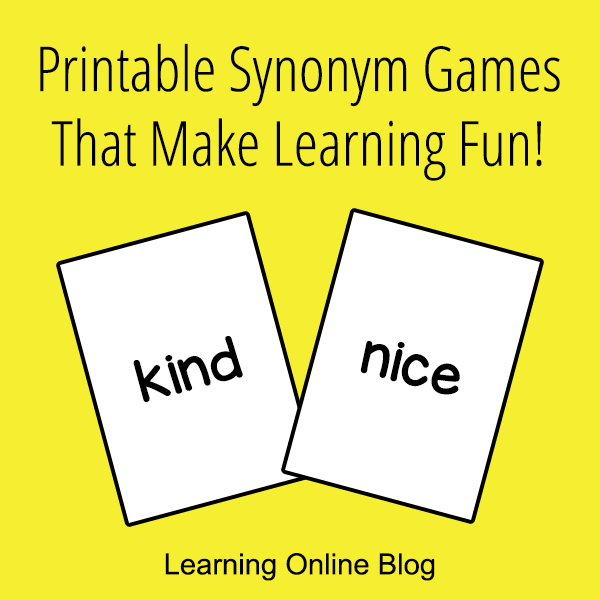

The advantage here was serving people who were not as computer literate. Mainframe-based training had a number of interface limitations that gave way to satellite-based live video in the 1970s. PLATO in particular had a long history of innovations and offered coursework from elementary to the college level. One example is PLATO (Programmed Logic for Automatic Teaching Operations), a system developed by the University of Illinois and Control Data. The major advantage that blended learning offers is scale, whereas one instructor can only teach so many people. Technology-based training emerged as an alternative to instructor-led training in the 1960s on mainframes and mini-computers. In a report titled "Defining Blended Learning", researcher Norm Friesen suggests that, in its current form, blended learning "designates the range of possibilities presented by combining Internet and digital media with established classroom forms that require the physical co‐presence of teacher and students". Graham challenged the breadth and ambiguity of the term's definition, and defined "blended learning systems" as learning systems that "combine face-to-face instruction with computer mediated instruction".

In 2006, the term became more concrete with the publication of the first Handbook of Blended Learning by Bonk and Graham.

The term "blended learning" was initially vague, encompassing a wide variety of technologies and pedagogical methods in varying combinations (some making no use of technology whatsoever). The release mentions that "The Company currently operates 220 on-line courses, but will begin offering its Internet courseware using the company's Blended Learning methodology." One of the earliest uses of the term appears in a 1999 press release, in which the Interactive Learning Centers, an Atlanta-based education business, announced a change of name to EPIC Learning. Īlthough the concepts behind blended learning first developed in the 1960s, the formal terminology to describe it did not take its current form until the late 1990s. The terms "blended learning", "hybrid learning", "technology-mediated instruction", "web-enhanced instruction", and "mixed-mode instruction" are often used interchangeably in research literature. "Blended learning" is sometimes used in the same breath as " personalized learning" and differentiated instruction. Īdditionally, a 2015 meta-analysis that historically looked back at a comprehensive review of evidence-based research studies around blended learning, found commonalities in defining that blended learning was "considered a combination of physical f2f modes of instruction with online modes of learning, drawing on technology-mediated instruction, where all participants in the learning process are separated by distance some of the time." This report also found that all of these evidence-based studies concluded that student achievement was higher in blended learning experiences when compared to either fully online or fully face-to-face learning experiences.

A well-cited 2013 study broadly defined blended learning as a mixture of online and in-person delivery where the online portion effectively replaces some of the face-to-face contact time rather than supplementing it. Some reports have claimed that a lack of consensus on a hard definition of blended learning has led to difficulties in research on its effectiveness. Since blended learning is highly context-dependent, a universal conception of it is difficult.
LEARNING SESSION SYNONYM PROFESSIONAL
It is also used in professional development and training settings. While students still attend brick-and-mortar schools with a teacher present, face-to-face classroom practices are combined with computer-mediated activities regarding content and delivery. Blended learning or hybrid learning, also known as technology-mediated instruction, web-enhanced instruction, or mixed-mode instruction, is an approach to education that combines online educational materials and opportunities for interaction online with physical place-based classroom methods.īlended learning requires the physical presence of both teacher and student, with some elements of student control over time, place, path, or pace.


 0 kommentar(er)
0 kommentar(er)
